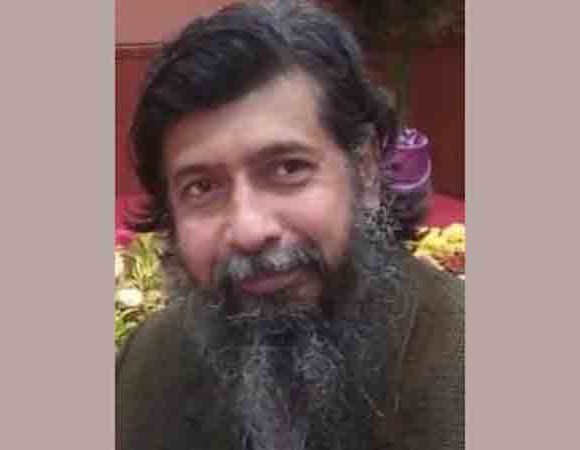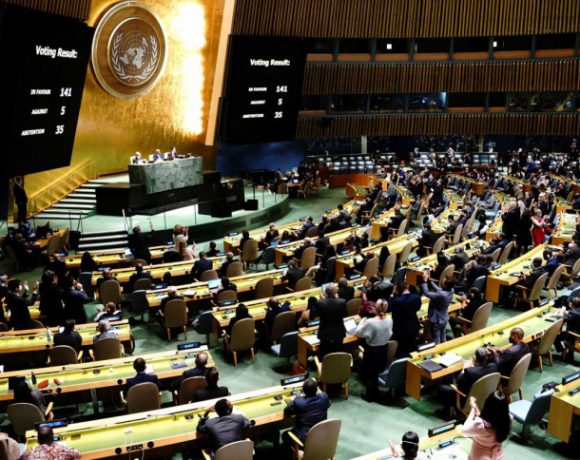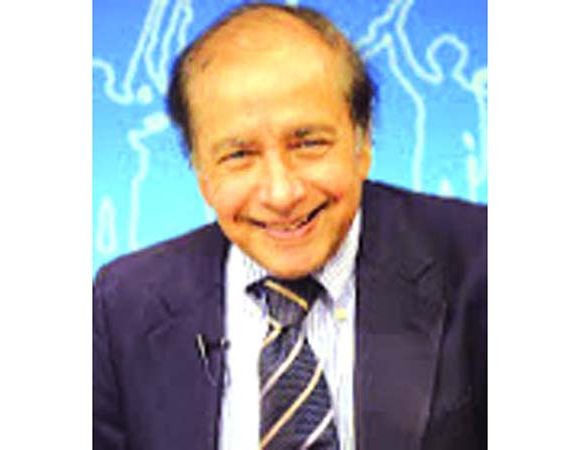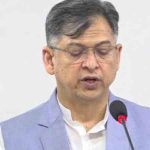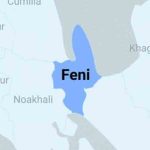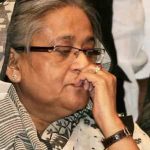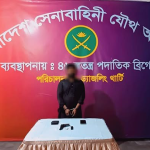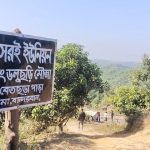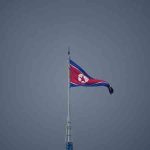Relevance of World Indigenous Day celebration in Bangladesh
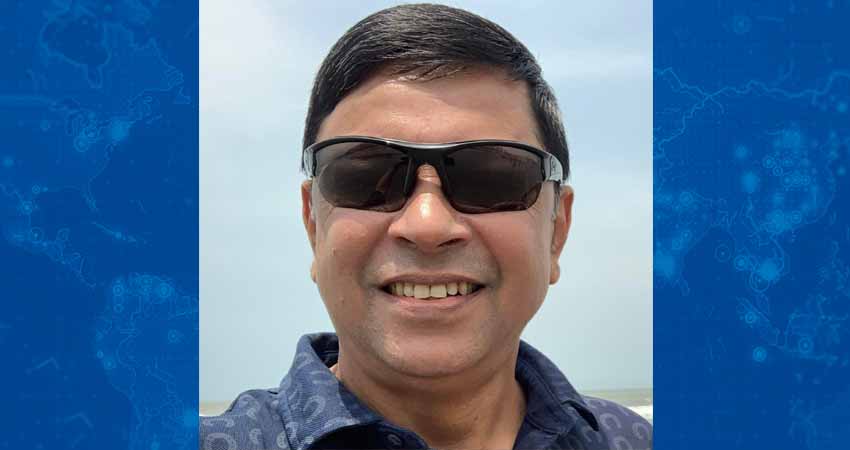
Maj Gen Dr. Md. NAYEEM ASHFAQUE CHOWDHURY (Retd.)
The United Nations General Assembly passed a resolution (49/214) on December 23, 1994, declaring August 9 to be the International Day of the World’s Indigenous People, commemorating the first meeting of the UN Working Group on the Indigenous Peoples held in 1982. The day is celebrated to raise awareness and protect the rights of the world’s indigenous populations, as well as to recognise the achievements and contributions of the indigenous people towards the improvement of world issues such as environmental protection. Europeans first used the term ‘indigenous’ to differentiate the Indigenous peoples of the Americas from the European settlers of the Americas. They also used this term to differentiate from the sub-Saharan Africans the settlers enslaved and brought to the Americas by force. The term is known to have been first used in this context by Sir Thomas Browne in 1646. Besides the relevance of the history of inhabitants to a particular territory concerning the colonisation of that territory, indigenous peoples maintain traditions, unique characteristics and/or other aspects of early culture. Bangladesh government clarified several times at different domestic and international forums about the non-existence of any indigenous people in Bangladesh. If it is so, what sorts of relevance do we have in celebrating World Indigenous Day?
There are three related terms that are very close to each other and need due clarification and explanation on the issue of indigenous. These are ‘tribe/tribal, ‘indigenous’ and ‘aborigines’.
The term “tribe” originated around the time of the Greek city-states and the early formation of the Roman Empire. The Latin term “tribus” has since been transformed to mean “A group of persons forming a community and claiming descent from a common ancestor” (Oxford English Dictionary, IX, 1933, p. Tribe/tribal are a racial group united by language, religion, customs, etc. and living as a community under one or more chiefs. A total of 45 different tribes reside in Bangladesh. Of them, Garo, Hajong, Koch, Barman, Dalu, Hodi, Banai, and Rajbangshi reside in Greater Mymensingh; Chakma, Marma, Tripura, Bawm, Pangkhu, Lusai, Tanchangya, Khiang, Mru, Asam, Gurkha, Chak and Khumi in Chittagong Hill Tracts; and Santal, Oraon, Munda, Malo, Mahali, Khondo, Bedia, Bhumij, Kole, Bhil, Karmakar, Mahato, Muriyar, Musohor, Pahan, Paharia, Rai, Sing, Turi in North Bengal, etc.
The second term is “indigenous,” which means belonging naturally (to a place); native, people are regarded as the original inhabitants of an area. Cambridge Dictionary defines indigenous people as people who originally lived in a place rather than people who moved there from somewhere else. There is considerable debate on the definition of Indigenous people in the United Nations, and it has yet to formulate a well-accepted one. One of the most cited definitions is given by Jose R. Martinez Cobo, the Special Rapporteur of the Sub-Commission on Prevention of Discrimination and Protection of Minorities. The definition reads: “Indigenous communities, peoples, and nations are those that, having a historical continuity with pre-invasion and pre-colonial societies that developed on their territories, consider themselves distinct from other sections of the societies now prevailing on those territories, or parts of them. They form at present non-dominant sections of society and are determined to preserve, develop, and transmit to future generations their ancestral territories and their ethnic identity as the basis of their continued existence as peoples, in accordance with their own cultural patterns, social institutions, and legal system”. So, basically, two aspects are related to indigenous people. These are historical continuity with a given region before colonisation and a distinct social, economic and political system including distinct languages, cultures, beliefs, and knowledge systems.
The third one is ‘aborigines,’ which denotes the inhabitants of a land from a very early period, before the arrival of the colonists. The definition varies depending on the region and context. In Australia, the history of the Aboriginal population dates back 65,000 years. These populations lived on the mainland of Australia and on many of its islands, except for the ethnically different people of the Torres Strait Islands. They form as many as 500 language-based groups. The Europeans first landed in Australia in 1606 by Dutch navigator Willem Janszoon on Australia’s northern coast, followed by the British in 1770, who established it as a penal colony. According to the Canadian Encyclopaedia, indigenous peoples have been in Canada since time immemorial. In Canada, the term Indigenous peoples (or Aboriginal peoples) refers to First Nations, Métis and Inuit peoples. They formed complex social, political, economic and cultural systems before Europeans came to North America. With colonisation and white settlement, traditional Indigenous ways of life were forever altered. Māori are the indigenous people of mainland New Zealand (Aotearoa) who arrived from East Polynesia in several waves of canoe voyages between 1320 and 1350. Europeans as colonial power entered New Zealand in the mid-17th century, and gradually Maori was forced to assimilate the Western culture. There were many conflicts, subjugations, and suppressions by colonial power on aborigines and indigenous people in those aforementioned countries. The United Nations came forward to uphold the rights of the indigenous people, whose basic rights, culture, tradition and practices were compromised/threatened/scrapped by the colonial power.
There are primarily three conventions and declarations of the UN. The ILO Convention 1957 (107) or, in other terms, the Indigenous and Tribal Populations Convention 1957, was adopted on June 5, 1957. This convention applies to the members of tribal or semi-tribal populations in independent countries whose social and economic conditions are at a less advanced stage than the stage reached by the other sections of the national community and whose status is regulated wholly or partially by their customs or traditions or by special laws or regulations. They are regarded as indigenous on account of their descent from their population to a specific geographical location concerning conquest or colonisation. The primary objective of this convention is to foster individual dignity and the advancement of initiative, considering their marginality. Bangladesh is one of the 27 countries that ratified this convention on June 22, 1972, even before the promulgation of our constitution.
The second convention was the Indigenous and Tribal Peoples Convention, 1989 (No. 169) which is a revised version of the ILO Convention 1957 (107). It was adopted on June 7, 1989. This Convention applies to the tribal people who have a distinct social, cultural and economic condition that is different from other sections of the national community and who are all descended from the populations that inhabited the country or a geographical region to which the country belongs at the time of conquest, or colonisation or the establishment of present state boundaries. This convention not only upheld their ways of life and economic development and their right to maintain and develop their identities, languages, and religions, but it also advocated the right to exercise control over their own institutions. According to Article 6 of the Convention, the Government will have to consult the indigenous peoples, through appropriate procedures and in particular through their representative institutions, whenever consideration is given to legislative or administrative measures that may affect them directly. According to the Wari-Bateshwar archaeological site discovery, a well-planned settlement of the Bengalis is believed to be as old as 2,500 years old. Sultan Fakruddin Mubarak Shah annexed the Chittagong Hill Tracts in 1339 and established Muslim rule. Muslim rule continued across the Chittagong Hill Tracts until 1580, through 27 Sultans. Magh from Arakan captured the Chittagong Hill Tracts and kept them under control till 1666. Sultan Shayesta Khan restored the said captured land. On the other hand, tribals of the Chittagong Hill Tracts arrived from neighbouring Myanmar and India from 1727 onward. A major influx of tribal people into the Chittagong Hill Tracts also took place in 1785, when Burma King Bodawpaya annexed Arakan. During one of his interviews, Bomang Raja Aung Sho Pru said that they are not the original inhabitants of the Chittagong Hill Tracts. They have been residing here for the last three hundred years. So as per the definition of the ILO, there are no indigenous people in Bangladesh. And for obvious reasons, the government of Bangladesh did not ratify the convention. Only 20 countries in the world have ratified the convention, and Nepal is the only country from Asia. But the Bangladesh government always believes in the equal rights of every citizen, including tribal people and other marginal populations. The government brought in the fifteenth amendment to the constitution, which says, “The state shall take steps to protect and develop the unique local culture and tradition of the tribes, minor races, ethnic sects, and communities”.
The United Nations General Assembly adopted the Declaration on the Rights of Indigenous Peoples (UNDRIP) on September 13, 2007. It was adopted with 144 votes in favour, 11 abstentions (Azerbaijan, Bangladesh, Bhutan, Burundi, Colombia, Georgia, Kenya, Nigeria, Russian Federation, Samoa and Ukraine) and four States against (Australia, Canada, New Zealand and the United States of America). The Declaration is the instrument detailing minimum standards for the recognition, protection and promotion of the rights of indigenous peoples in consonance with international law and policy. It addresses both individual and collective rights; cultural rights and identity; rights to education, health, employment, language, and others. It also ensures their right to remain distinct and to pursue their own priorities in economic, social and cultural development. The declaration is the instrument for exercising the right of the Indigenous peoples for self-determination, autonomy or self-government in matters relating to their internal and local affairs, as well as ways and means for financing their autonomous functions. Indigenous peoples have the right to maintain and strengthen their distinct political, legal, economic, social and cultural institutions. Military activities cannot take place in the lands or territories of indigenous peoples.
The Bangladesh government explicitly clarified our stance on indigenous issues in UN forums. The tribal and other minority people living in different parts of the country are not indigenous people. But they will have an equal right to practice their rituals, cultures and practices like all other citizens of the country. The Indian constitution also doesn’t recognise the existence of indigenous people in India. Rather, they recognised the ethnic minorities as Scheduled Castes (like Bagdi, Bhuimali, Bhunar, Chamar, Muchi, etc.) and Scheduled Tribes (like Chakma, Tipra, Kuki, Garo, Mizo, Hajong, Santal, etc.). The world will observe the International Day of the World’s Indigenous Peoples (not Indigenous and Tribal Peoples) on August 9, 2023. Bangladesh doesn’t have indigenous peoples in its territory as strongly reiterated by the government. So, on August 9, 2023, whom are we highlighting? Whose rights are we propagating? Is it for the indigenous people living in different countries of the world, like Sámi of Norway, Sweden, Finland and Russia or First Nations, Inuit, Métis of Canada or Pama-Nyungan of Australia?
The writer is a retired army officer and security analyst.

